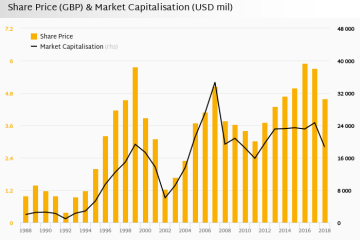Exploring the Wonders and Challenges of Madagascar

Introduction
Madagascar, the fourth largest island in the world, is renowned for its diverse wildlife and rich cultural heritage. This island nation is home to over 200,000 species of animals and plants, many of which are found nowhere else on Earth. Understanding Madagascar’s current environmental and socio-economic issues is not only vital for the island’s inhabitants but also for global biodiversity. As climate change poses threats to its unique ecosystems, raising awareness about Madagascar’s challenges has never been more important.
Current Events
In recent news, Madagascar has been facing severe weather conditions, including intense cyclones that have led to extensive flooding and landslides. The most recent cyclone, Batsirai, struck in February 2022, causing widespread destruction in the eastern regions of the island. Thousands were displaced, and critical infrastructure was damaged, highlighting the ongoing vulnerability of Madagascar to climate-induced disasters. This situation has drawn attention from various non-profit organisations focused on delivering humanitarian aid and rebuilding efforts.
Additionally, Madagascar’s economy is heavily reliant on agriculture, with approximately 80% of its population engaged in farming. However, the impacts of climate change, such as unpredictable rainfall and increased susceptibility to pests, have significantly hindered agricultural productivity. In 2023, reports from the Food and Agriculture Organization indicated that nearly 1.5 million people face food insecurity due to these challenges. Efforts are being made to implement sustainable agricultural practices that can withstand changing environmental conditions.
Conservation Efforts
On a positive note, Madagascar continues to be a focal point for conservation efforts. Organisations like the World Wildlife Fund and local NGOs are working collaboratively with the government to establish protected areas, aiming to preserve the unique flora and fauna of the island. Recent initiatives include reforestation projects and the establishment of marine protected zones to safeguard marine biodiversity around the coast.
Conclusion
The future of Madagascar is at a critical juncture. As the island grapples with both environmental challenges and socio-economic pressures, it is essential for international and local efforts to align towards sustainable development. Educating the global community about Madagascar’s plight can foster support that will aid in its recovery and ensure the preservation of its unique ecosystems for generations to come. As we move forward, understanding the intricate balance of protecting biodiversity while addressing humanitarian needs will be a key focus for both policymakers and conservationists alike.









